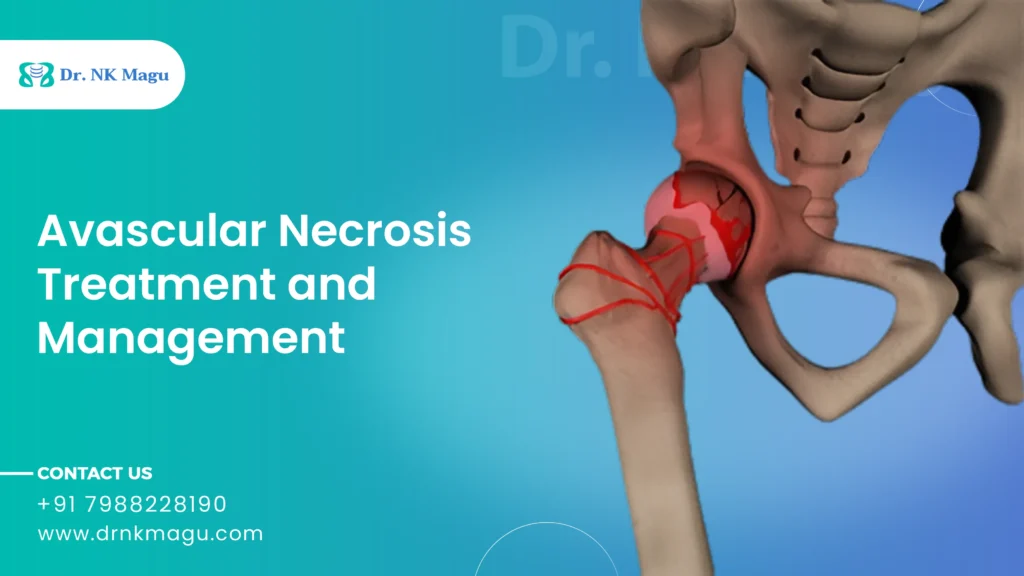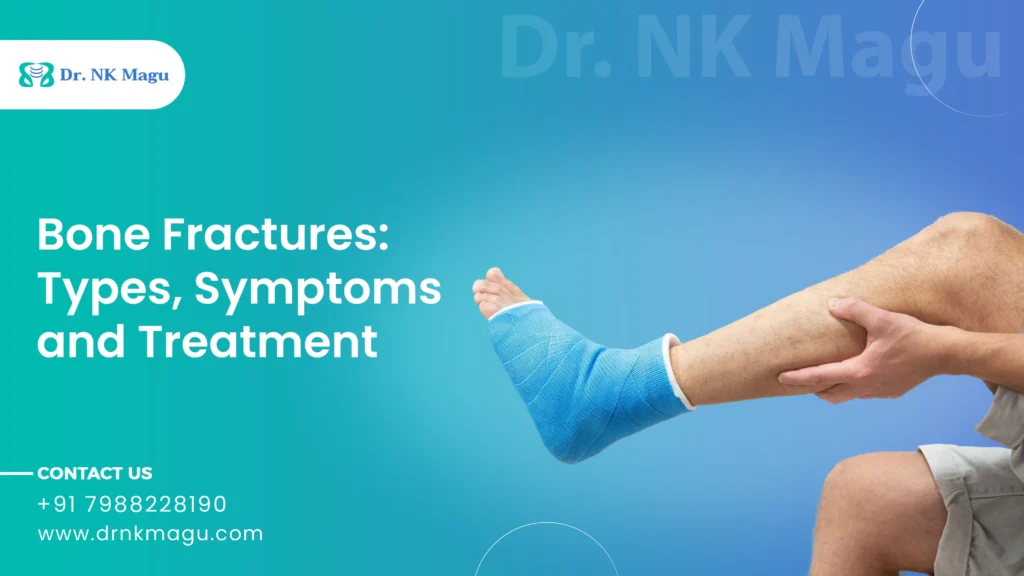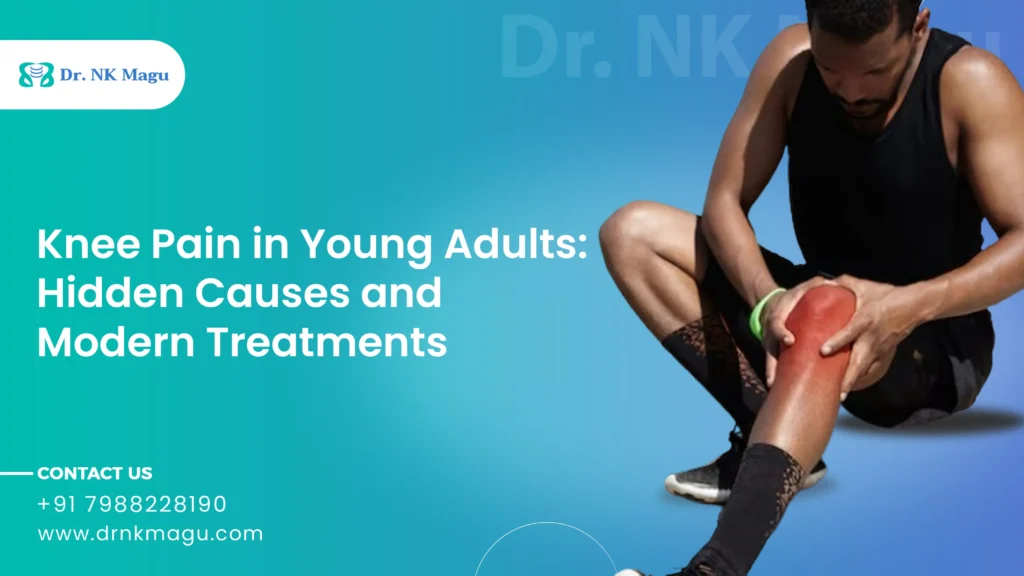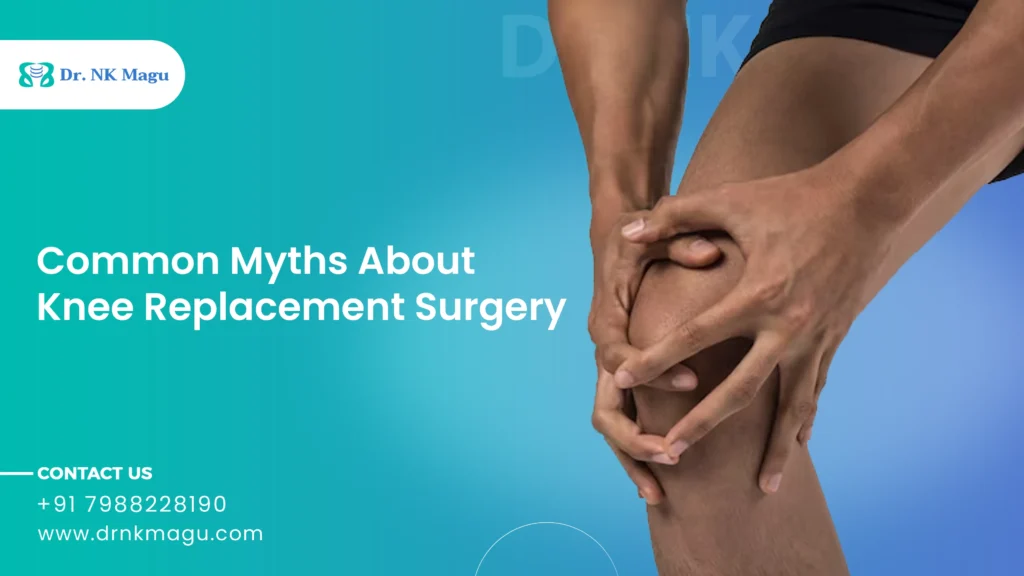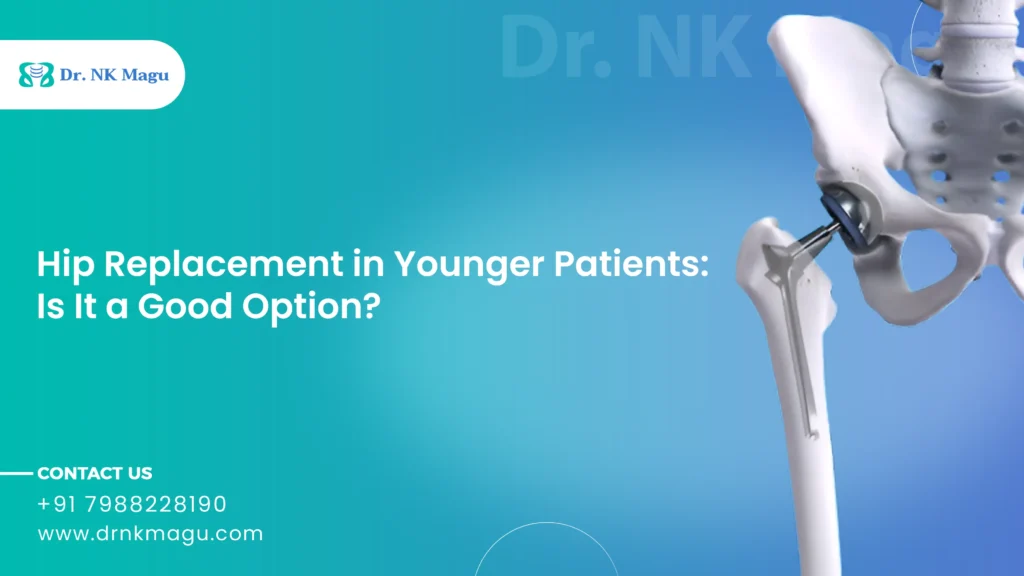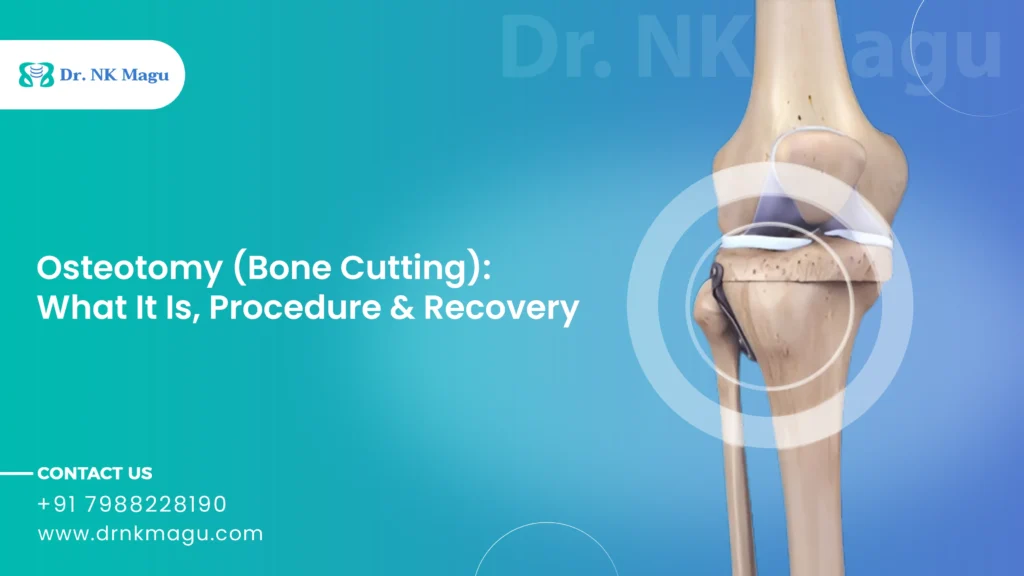Nowadays, limb-lengthening surgery involves a blend of various techniques. The procedure is performed by an orthopedic surgeons who specialize in the treatment of bones. This procedure caters to both the functional and aesthetic needs of individuals with limb deformities or those individuals who desire to enhance their height.
Without any delay let’s delve into how the procedure is performed.
What is Limb-Lengthening?
Limb lengthening is a surgical procedure aimed to correct the height proportion, by improving the patient’s gait, and addressing aesthetic concerns. This complex process requires the surgeon to perform a surgical osteomy (break) on the femur and/or the tibia through small incisions in the affected leg.
To facilitate controlled lengthening, a magnetic lengthening rod and pins are inserted into the bone. The external magnet, when applied to the lengthening device, activates a gear mechanism within the device, allowing the telescoping rod to extend gradually. By rotating the gears in the rod, the magnet effectively increases the length of the limb.
How Does Limb-Lengthening Work?
- To start the procedure for limb-lengthening surgery the surgeon will perform bone cutting during the surgery to create two distinct bone segments, it is known as an osteotomy.
- Other soft-tissue procedures can be carried out simultaneously to prepare the muscles and nerves of the patient for lengthening the limb.
- For instance, lengthening the Achilles tendon surgically may facilitate the process of tibial (shin bone) lengthening.
- The surgeon will then attach an orthopedic lengthening device to the bone.
- Devices such as precise nails will be implanted into the bone whereas, external fixators like Taylor spatial frame or Ilizarov devices will be put as external fixators that remain outside the body.
Post-Surgery:
- After the surgery, the bones are given at least five to seven days to rest to initiate the healing process. The specific timeframe is referred to as the latency period.
- After this, the patient will manipulate the orthopedic device to gradually separate the two bone segments. The gradual separation process is known as a distraction, which means “pulling apart.”
- As the two bone segments are slowly pulled apart, newer bones will develop in the gap between them.
- The newly formed bone will contribute to the overall lengthening of the bone and is generally referred to as regenerated bone.
Rehabilitation Phase:
During the distraction phase, the device is adjusted daily by the patient/family member to gradually pull apart the bone segments at a rate of approximately 1 mm (0.04 inches) per day. The rate may vary slightly depending on the bone being treated. The slow distraction will stimulate the body to continuously generate a newer bone and a soft tissues like skin, muscles, nerves, and blood vessels. The distraction phase will continue until the bone reaches the desired length. Regular visits to the doctor are necessary during the distraction phase so that the doctor can monitor the bone’s growth rate. And, depending on the X-ray results showing the regenerated bone, the doctor may adjust the distraction rate for the patient. Additionally, physical therapy sessions will be conducted about two to five times a week throughout the distraction process.
To facilitate the healing process, the patients are advised to abstain from nicotine in any form so as to maintain a nutritious diet that is rich in protein and supplemented with vitamins and minerals. During the consolidation phase, the doctor will recommend the patient to gradually put weight on the affected limb (with the assistance of crutches or a walker), which can further promote the hardening and healing of the bone. At the end of the treatment, the patient can discontinue to the use of crutches.
Also Read: Limb Lengthening Surgery Cost in India
Once the regenerated bone has completely fused, the orthopedic lengthening device can be taken out in an outpatient surgery by the doctor. Normally, patients go home the same day without the need to stay overnight in the hospital. And, to give an extra support to the new bone, the physician might opt to put on a cast or have the patient wear a brace for around 3 to 4 weeks following the removal of the external fixator. Conversely, when an internal device is removed post-bone lengthening, there is no need for a cast or splint.
Also Read: Best Orthopedic Hospitals in India



